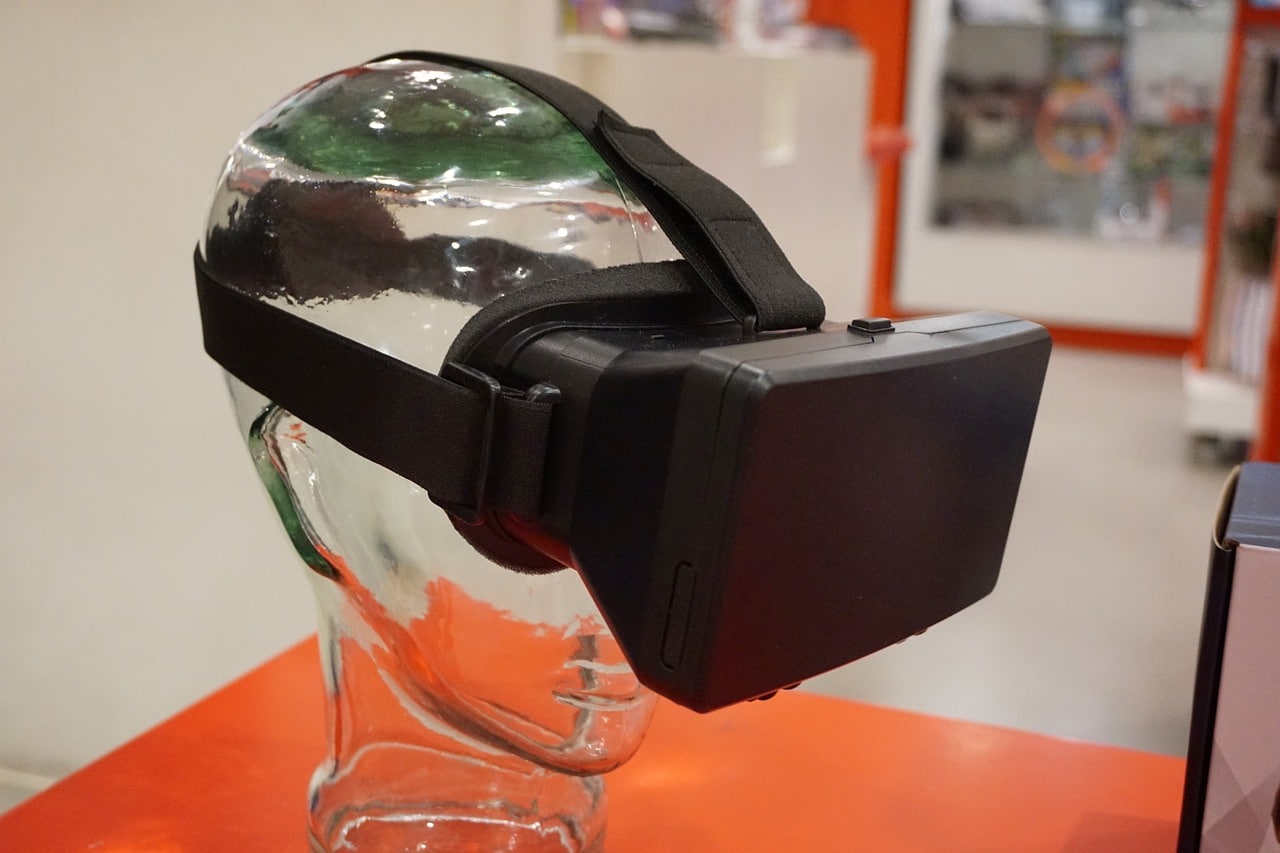In this digital age, where technology is an integral part of our lives, scholars and heritage preservation experts are leveraging innovative tools to save and revive cultural artifacts. One such tool is virtual reality (VR), a technology that has the potential to revolutionize the way we experience and preserve historical sites. In this article, you will discover how virtual reality, in association with other technologies such as 3D scanning, can play a crucial role in the preservation and accessibility of endangered cultural heritage sites.
Virtual Reality: Breathing New Life into Historical Sites
There is more to virtual reality than gaming and entertainment. It is an immersive technology that can transport you to a different world, a different era. Imagine walking through the ruins of ancient Rome or exploring the intricate carvings of the Khajuraho temples, all from the comfort of your home. This is the power and promise of virtual reality.
A voir aussi : What is the impact of green energy investments on job creation in local communities?
Heritage sites, especially those that are endangered, stand to benefit immensely from this technology. Virtual reality can recreate historical sites in a highly accurate and immersive manner, allowing you to explore and experience these sites as though you were physically there. While this technology is still in its nascent stages, the potential is vast and largely untapped.
Google, for instance, has been pioneering the use of VR for heritage preservation through its ‘Google Arts & Culture’ platform. This platform offers virtual tours of various historical sites around the world, providing an engaging and accessible way for the public to experience these wonders of the past.
Sujet a lire : The different categories of male enhancement pills
Technology for Preservation: 3D Scanning and Virtual Reality
The combination of 3D scanning and virtual reality technologies can play a pivotal role in preserving cultural heritage. 3D scanning allows for the accurate documentation of cultural sites and artifacts, and virtual reality enables a lifelike, immersive experience of these sites.
Through 3D scanning, preservationists can capture the intricate details of a historical site or an artifact. These scans serve as a digital record, ensuring that even if the physical site or artifact is lost due to natural disasters, war, or other forms of destruction, a detailed virtual replica remains.
Once the site or artifact has been scanned, VR devices can render these scans into a virtual environment that you can explore and interact with. This immersive experience not only brings the historical site to life but also makes it accessible to a global audience, irrespective of geographical constraints.
Enhancing Accessibility: Mobile Applications and Virtual Tours
Advancements in mobile technology have made virtual reality more accessible than ever before. Countless VR applications are available on mobile platforms, enabling you to experience virtual tours of historical sites using just your smartphone and a VR headset.
These applications not only provide you with an immersive experience of the site but also often include additional information about the history and significance of the place. This dual capability of providing both an immersive experience and informational value makes these applications a powerful tool for heritage education and awareness.
Imagine visiting the Great Wall of China or exploring the Pyramids of Egypt, all while sitting in your living room. This is the sort of accessibility that mobile VR applications provide, truly democratizing access to cultural heritage.
The Future of Cultural Heritage Preservation
Looking ahead, the use of virtual reality and related technologies for cultural heritage preservation is only set to increase. As these technologies continue to evolve and become more sophisticated, the possibility of creating even more detailed and realistic virtual replicas of historical sites becomes a reality.
Emerging technologies like augmented reality (AR), which overlays digital information onto the real world, could add another dimension to our experience of historical sites. Imagine walking through a historical site with an AR headset, which provides information about the site, overlays reconstructions of how the site might have looked in the past, and even allows you to interact with virtual characters from the site’s history.
In an increasingly digital world, the potential for technology to preserve and enhance our experience of cultural heritage is truly enormous. As the tools become more advanced and more accessible, we can look forward to a future where everyone, regardless of location or physical ability, can explore and appreciate the rich tapestry of human history.
Google Scholar and Virtual Reality: A Powerful Collaboration
A significant player in the digital field, Google, has been making considerable strides in using technology to rescue and revive endangered cultural heritage sites. Through its ‘Google Arts & Culture’ platform, Google has been effectively employing virtual reality to bring these sites back to life in a digital format.
Google’s approach to cultural preservation using virtual reality involves a process where they first digitally document the endangered sites using 3D scanning. This gives them a highly accurate record of the site, ensuring that even if the original site succumbs to unavoidable circumstances, its digital replica will continue to exist. This approach also allows them to reproduce a near-accurate immersive experience of the sites for users, who can now explore these sites without any geographical constraints.
The Google Scholar division has also been extremely proactive in facilitating research and studies about various heritage sites. Scholars can now use the platform to access vast amounts of information about these sites, their history, and cultural significance. This, along with the immersive virtual tour, gives scholars a comprehensive understanding of the site and helps them in their research work.
Moreover, Google is also actively working on making this technology more accessible. They are developing mobile applications that allow you to experience these virtual tours using just your smartphone and a VR headset. This is a significant step towards democratizing access to cultural heritage, making it accessible to anyone with a smartphone.
Future Applications: Augmented Reality and Real-Time Interactions
As we move forward, the use of virtual reality and related technologies in cultural preservation is only set to increase. New technologies like augmented reality (AR) are poised to take this a step further. AR overlays digital information onto the real world, adding another layer of experience to our interaction with historical sites.
With AR, you could walk through a historical site with a headset that provides real-time information about the site, overlays reconstructions of how the site might have looked in the past, and even allows you to interact with virtual characters from the site’s history. This could revolutionize the way we experience and understand cultural heritage sites.
Moreover, the incorporation of real-time interactions in these virtual tours could make them even more engaging and educational. For instance, users could virtually meet and interact with historical figures, enhancing their understanding of the site’s history and the people associated with it.
Conclusion: Shaping the Future of Heritage Preservation
In conclusion, technology, specifically virtual reality and augmented reality, promises to revolutionize the preservation and appreciation of cultural heritage sites. By creating digital replicas of these sites, we ensure that they continue to exist for future generations, irrespective of what happens to the physical sites.
Additionally, making these virtual experiences accessible through mobile devices and integrating real-time interactions in them can democratize access to these sites, allowing everyone, regardless of geographical or physical constraints, to explore and experience the rich tapestry of human history.
In essence, the key takeaways from this discussion are that these technologies are not just tools for preservation but also powerful mediums for education and awareness. They enable us to preserve both tangible and intangible cultural heritage, ensuring that our history continues to live on in the digital realm.













